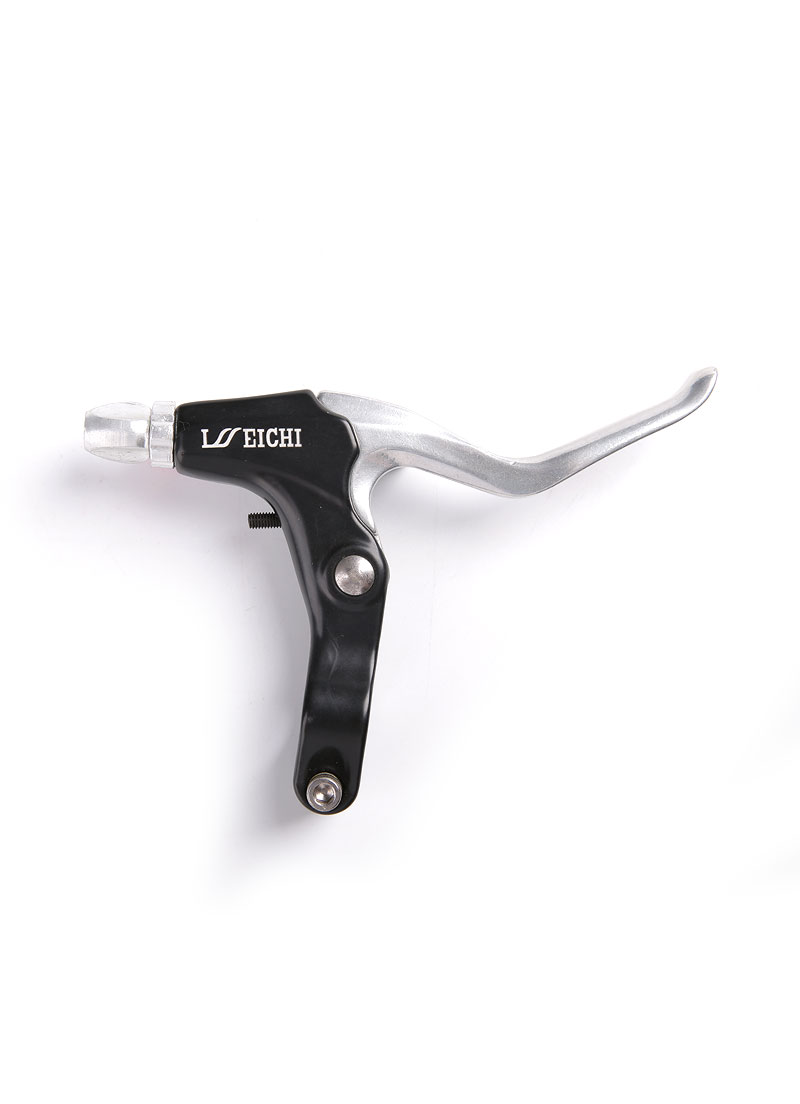Summary:Forged from 6061 aluminum and CNC machined to accuracy. These are the same levers used by top pros. They are designed to...
Forged from 6061 aluminum and CNC machined to accuracy. These are the same levers used by top pros. They are designed to move to prevent brake contact in a crash.
These are a great upgrade for an older Brompton and they also work well on other bikes. They are easy to install, are a great upgrade in braking power and look awesome!
The forged aluminium is more durable than cast and allows you to bend them more without damage. The
Aluminum bicycle brake lever are easily adjustable for hand size and have a nice movement to protect you in a crash.
I found that the best way to bend a lever back is by heat and cold (or rather, anneal and quench). Traditionally to anneal aluminium one uses an oxyacetylene torch with a cold acetylene only flame and then covers it with soot from the acetylene. Then they heat it up until the soot burns off and then the aluminium is quenched. This process removes any work hardening and makes it easier to re-bend afterwards.
To re-bend the lever you have to be patient and work it over a two by four. Start with the thicker area of the lever and straighten it out in tiny increments. Keep a bar of soap handy to monitor the lever's temperature. If it's too cold, it can snap; too hot and it will begin to crack. Once the broader area of the lever is straightened, use the soap again to monitor the lever's temperature and begin straightening the sharper bend near the tip. Repeat this process until the lever is straight.



